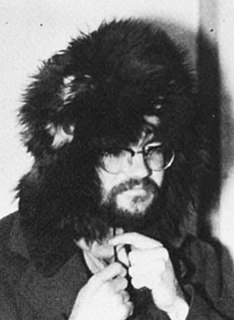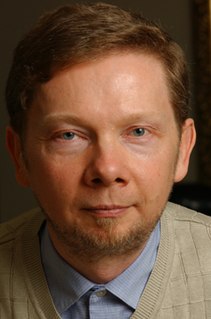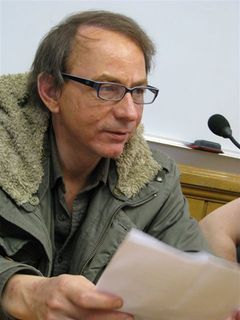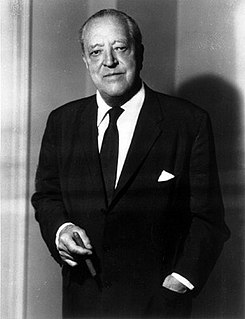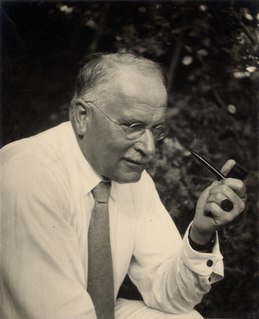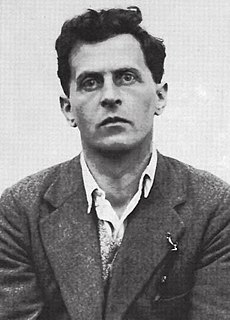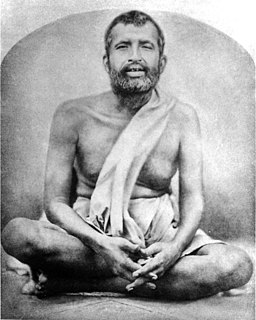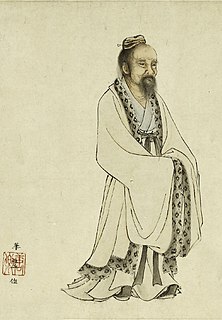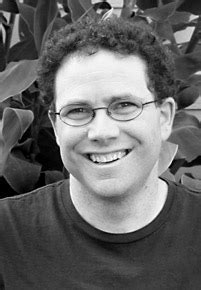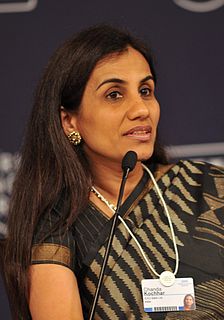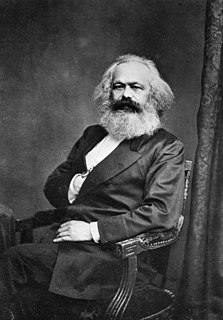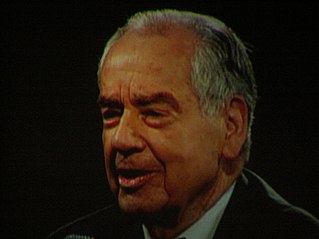A Quote by Frederick Lenz
Our larger body is eternity. Eventually, we return to the source in its undifferentiated form, in its absolute form, which is both form and formlessness, but we exist in that sea all the time.
Related Quotes
Through death you find yourself, because you no longer identify with form. You realize you are not the form with which you had identified neither the physical nor the psychological form of "me". That form goes. It dissolves and who you are beyond form emerges through the opening where that form was. One could almost say that every form of life obscures God.
A source of permanent, accessible pleasure, our genitals exist. The god who created our misfortune, who made us short-lived, vain and cruel, has also provided this form of meagre compensation. If we couldn't have sex from time to time, what would life be? A futile struggle against joints that stiffen, caries that form. All of which, moreover, is as uninteresting as humanly possible - the collagen which makes muscles stiffen, the appearance of microbic cavities in the gums.
I have now come to a stage of realization in which I see that God is walking in every human form and manifesting Himself alike through the sage and the sinner, the virtuous and the vicious. Therefore when I meet different people I say to myself, “God in the form of the saint, God in the form of the sinner, God in the form of the righteous, God in the form of the unrighteous.
All that is limited by form, semblance, sound, color is called object. Among them all, man alone is more than an object. Though, like objects, he has form and semblance, He is not limited to form. He is more. He can attain to formlessness. When he is beyond form and semblance, beyond "this" and "that," where is the comparison with another object? Where is the conflict? What can stand in his way? He will rest in his eternal place which is no-place. He will be hidden in his own unfathomable secret. His nature sinks to its root in the One. His vitality, his power hide in secret Tao.
The soul is the form of the body, but not as the shape of a statue is formatio et terminatio materiae, for form does not exist apart from material. There is no whiteness without a white object. But the soul is not a form in this simple sense, and in particular, is not the shape of the material it informs. Therefore, the shape of a being does not affect the being's soul, for then something lower would inform something higher, which is impossible.

